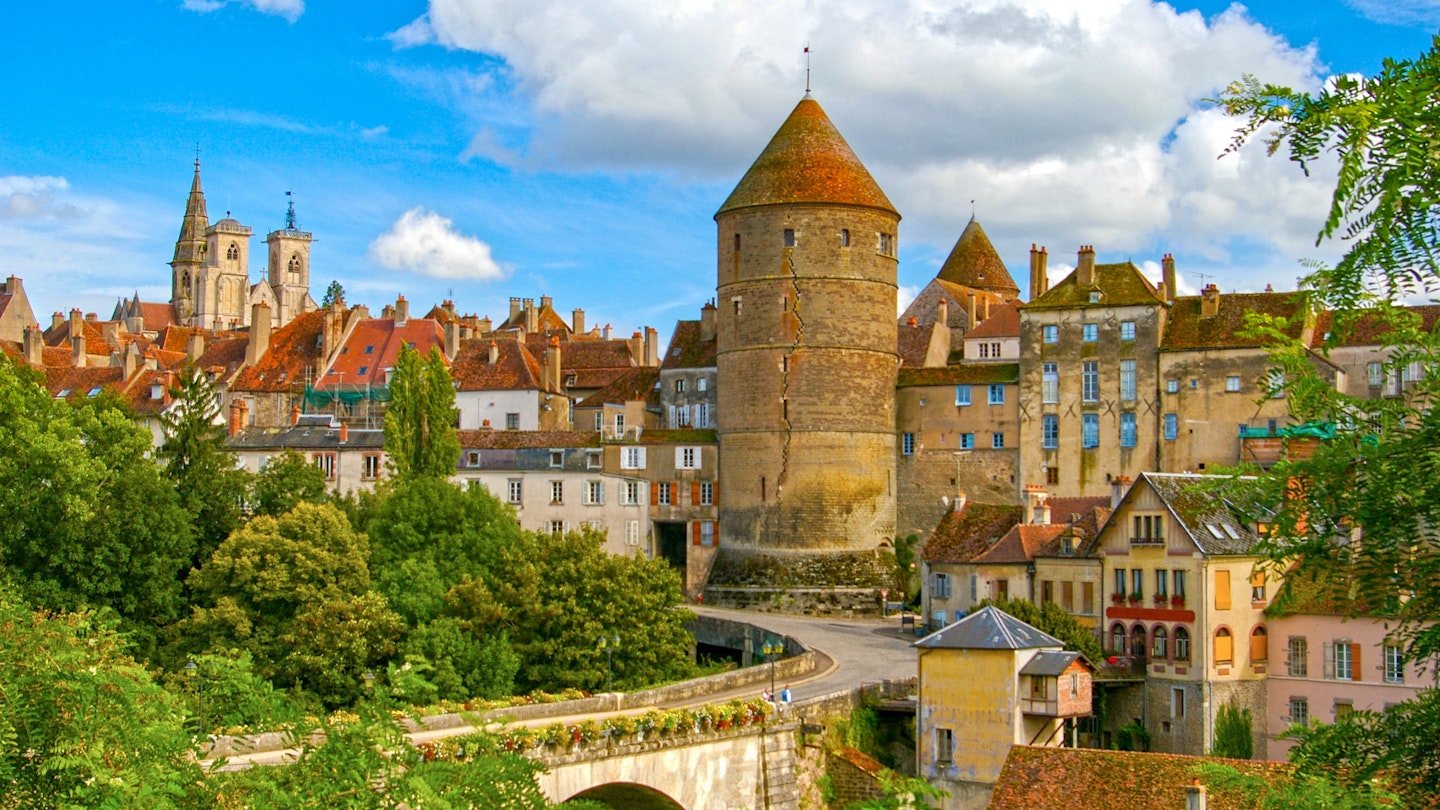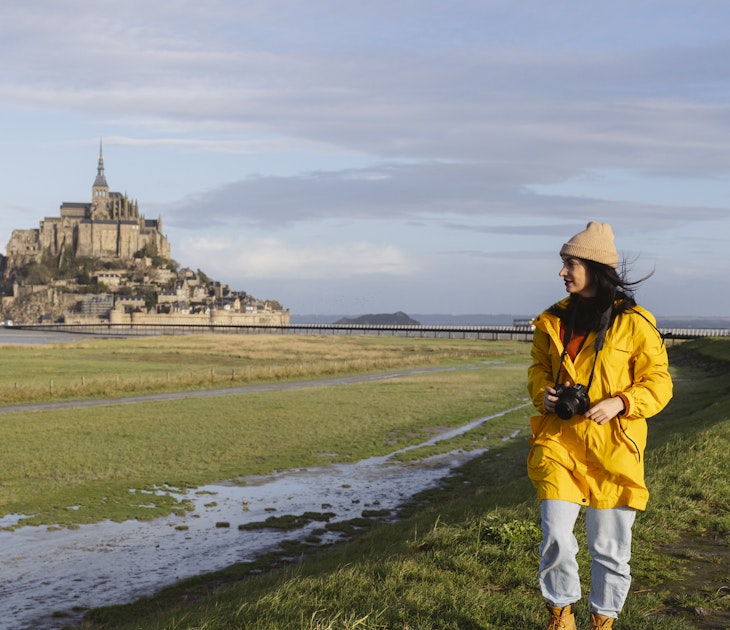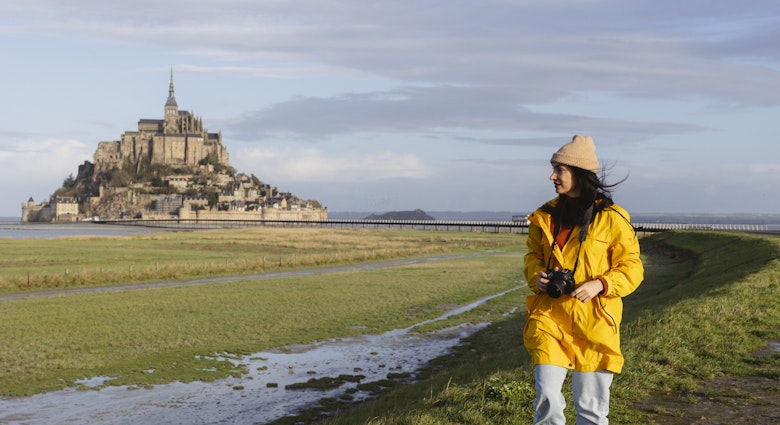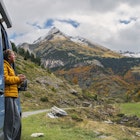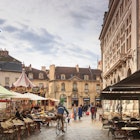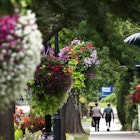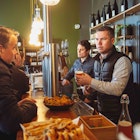Across the hallowed landscapes of Burgundy (Bourgogne in French), medieval history comes alive through incredible abbeys, monasteries and Romanesque churches that flourished like the vineyards for which the region is famed, and through the legacies of the Dukes of Burgundy, who poured wealth into artistic and architectural treasures.
On this six-day road trip, explore 252 highlight-filled miles (406km) unfolding between Cluny and Vézelay, with opportunities for wine tasting and glorious walks along the way.
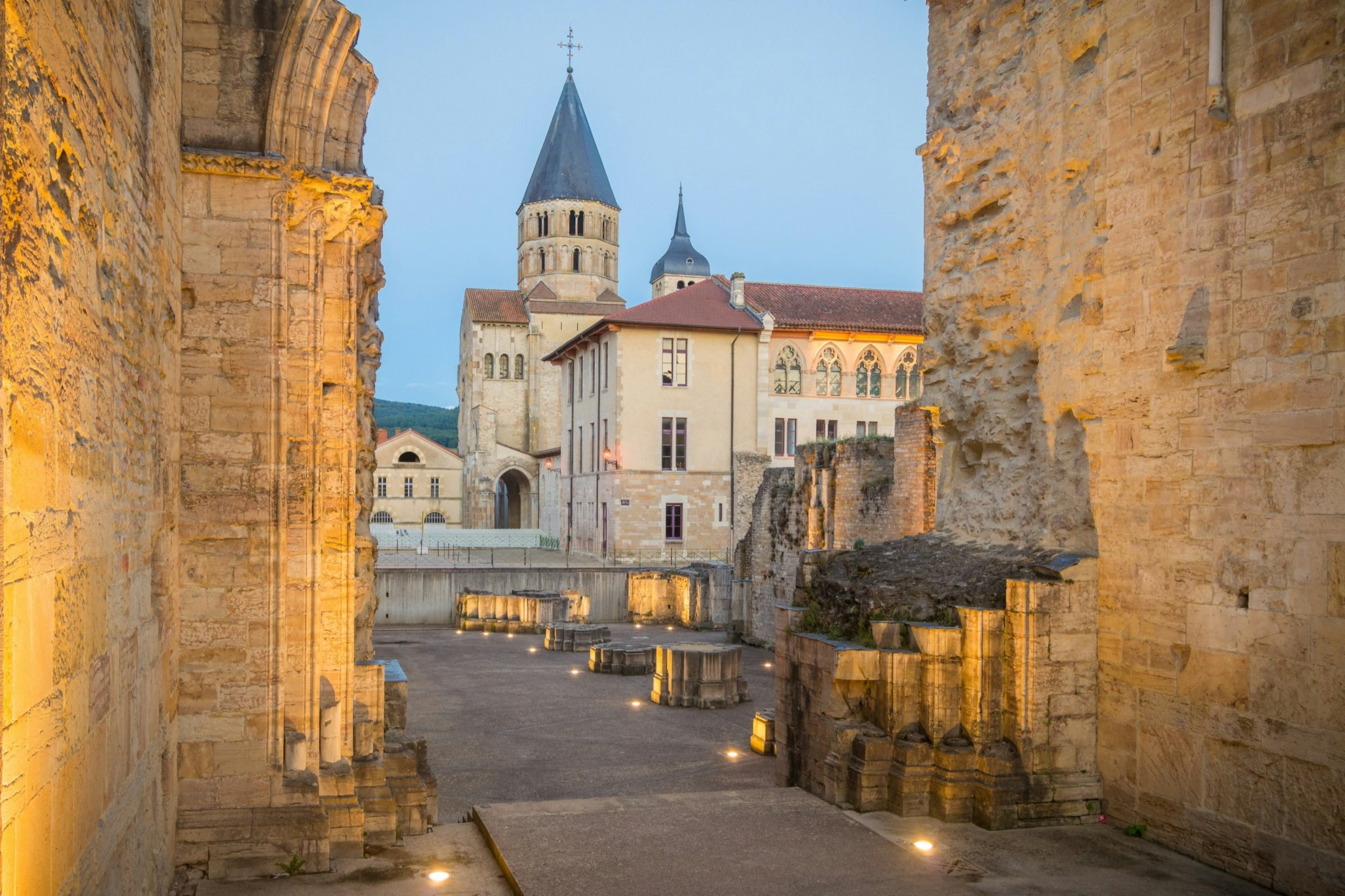
Cluny: once Christendom’s grandest abbey
Burgundy’s importance in ecclesiastical history is immortalized in the scattered remains of the great Benedictine abbey in Cluny. Founded by William the Pious in 910 and completed in 1130, it presided over more than a thousand monasteries and priories across Europe. Climbing 120 steps in the Tour des Fromages (the tower where cheeses were ripened) gives you a sweeping sense of its scale, which you also can see in the historically accurate scale model in the 15th-century abbey palace housing the Musée d’Art et d’Archéologie.
Leaving Cluny, look out for the 11th-century Église St-Martin in Chapaize, one of the oldest Romanesque churches in Burgundy. At Ozenay, the 12th-century Romanesque church Église Saint-Gervais-et-Saint-Protais d’Ozenay, next to the Château d’Ozenay, with delightful chambres d’hôtes (B&B) accommodation.
The drive: Head eight miles (13km) north along the D981 to Cormatin, then go 16 miles (25km) east along the D14 to descend into Tournus.
Tournus: a millennium-old marvel
Surrounded by towers, with a fortress-like Romanesque facade, Tournus’ immense Benedictine abbey, Abbatiale St-Philibert, remains remarkably intact.
Light streams into its soaring church with side-aisles frescoes, a baroque organ and 12th-century floor mosaic of the calendar and zodiac in the apse. Also intact are monastic buildings including the cloister, chapter house, cellar and refectory.
The medieval center, crossed by the river Saône, also boasts fine restaurants – good for a lunch stop. Three Michelin-starred restaurants call the city home, rare for a small town.
The drive: From Tournus, zip 60 miles (96km) straight up the A6 and A31 to Dijon.
Bonding over Burgundy: A deep dive into its art and architecture
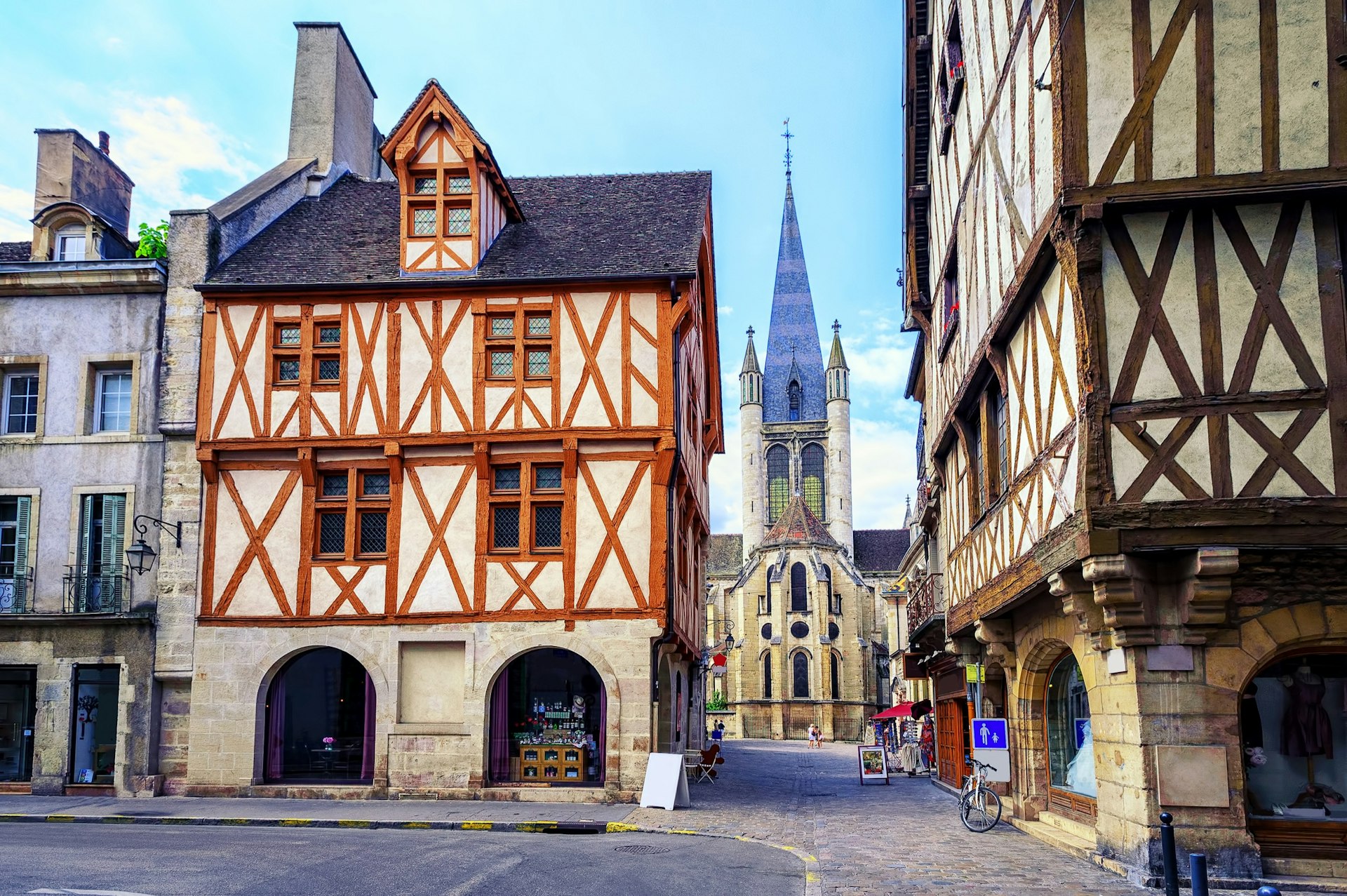
Dijon: Burgundy’s medieval capital
Echoes of Burgundy’s 14th- and 15th-century golden age resonate through the region’s capital, Dijon. This was the seat of Burgundy’s powerful dukes; on the main square, their palace, the Palais des Ducs et des États de Bourgogne, today also houses one of France’s finest arts museums, the Musée des Beaux-Arts, in its eastern wing. Up 316 spiraling steps, you can survey Dijon’s architectural splendor from the Tour Philippe le Bon.
Rising to the palace’s north is the three-tiered, colonnaded facade of the early 13th-century church Église Notre Dame. Half-timbered buildings line the surrounding streets of Dijon’s vibrant medieval center.
The drive: Easily the most scenic way to reach Beaune is along the Route des Grands Crus through the Côte d’Or ("Golden Hillside") vineyards, where highlights also include Cistercian monks’ flagship abbey, the 11th-century Abbaye de Cîteaux. For a faster route, you can zip 27 miles (44km) south on the A31 to Beaune.
Beaune: crowned by kaleidoscopic roof tiles
Ramparts wrap around medieval Beaune, the beating heart of Burgundy’s age-old viticulture industry. Its most defining sight is the Gothic Hôtel-Dieu des Hospices de Beaune, with geometric-patterned multicolored tiles covering its steeply pitched roofline and turrets. Built in the 15th century as a charity hospital, inside you can admire the barrel-vaulted Grande Salle, centuries-old pharmacy and 15th-century Polyptych of the Last Judgement. Inside Beaune’s Basilique Collégiale Notre Dame, blending Gothic and Romanesque styles, are five 15th-century tapestries.
Beaune’s cobbled center is awash with atmospheric wine bars where you can sip the region’s renowned vintages.
The drive: A super-scenic 30-mile (49km) drive along the D973 leads through vineyards to Autun. Look out for more magnificent, glazed roof tiles on the 13th-century Château de La Rochepot (closed to the public).
Bonding over Burgundy: Cycling the Route des Grands Crus

Autun: Roman ruins and a mighty medieval cathedral
Time-travel back two millennia at Autun. Roman remains of Augustodunum, as it was known, include two of its original four town gates. From the 16,000-spectator Théâtre Romain, you can see a remnant from a Gallo-Roman pyramid.
Autun’s fortunes were revived in the Middle Ages with the construction of the Cathédrale St-Lazare to house St Lazarus’ relics. Carved by Burgundy sculptor Gislebertus in the 12th century, the vivid tympanum of the Last Judgement adorns the main doorway. The sublime Romanesque capitals are also the work of Gislebertus, whose stone bas-relief the Temptation of Eve takes pride of place at the adjacent Musée Rolin.
The drive: The D980 runs 44 miles (70km) north to Semur-en-Auxois, stop off at Saulieu to see more Romanesque capitals at 12th-century Basilique de St-Andoche.
Semur-en-Auxois: a medieval fairy tale
Looking like it’s been lifted from the pages of a picture book, Semur-en-Auxois is idyllically set above a river bend, guarded by a quartet of pink-granite bastions. Two concentric medieval gates lead you into its tangle of cobbled lanes, where 11th-century flamboyant Gothic Collegiale Notre-Dame de Semur-en-Auxois is adorned by gargoyles. A staggering six monasteries were once located in Semur, as you can discover at the Musée de Semur-en-Auxois. Spellbinding views extend from the Promenade du Rempart’s battlements, which are enchantingly illuminated by night. Medieval festivals in May show off the town at its best.
The drive: Follow the D980 13 miles (20km) north into Montbard, then go a little over a mile (2km) east on the D905 before joining the sleepy northbound D32 for the idyllic 2-mile (3km) home stretch into Fontenay.
Bonding over Burgundy: Delicious dining experiences
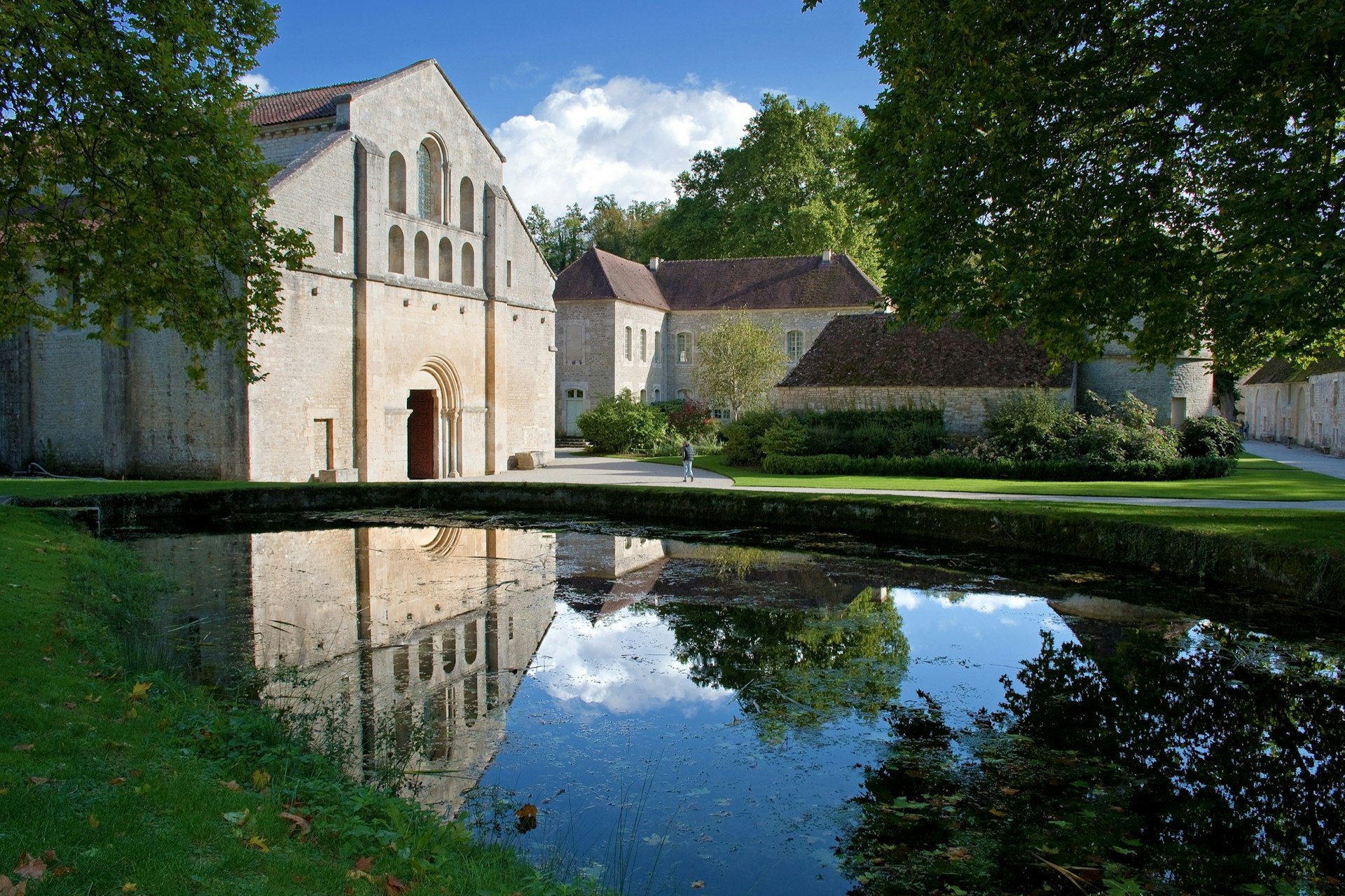
Abbaye de Fontenay: Unesco-listed wonder in the woodlands
Driving from Semur-en-Auxois takes you into a hushed wooded valley where the superbly preserved Abbaye de Fontenay has sheltered since it was founded in 1118. Its Cistercian monks toiled in its metallurgical forge (Europe’s first) in the 13th century; you can see the dormitory where they slept, and austere Romanesque church where they prayed.
From the parking lot, the GR213 trail forms part of two verdant walking circuits: one to Montbard (eight miles; 13km return), the other (7 miles; 11.5km) through Touillon and Le Petit Jailly. Maps and botanical field guides are available in the abbey shop.
The drive: Backtrack to the D905, follow it 8.5 miles (14km) west-northwest to Rougemont, then take the westbound D956 13 miles (21km) into Noyers.
Noyers-sur-Serein: fortified jewel on the river Serein
Gabled half-timbered houses huddle in the cobbled streets of one of France’s prettiest villages, Noyers-sur-Serein, set amid thick woods and sunlit fields northwest of Fontenay. Noyers has long inspired artists and creatives, and one of its joys is browsing their galleries and atelier-boutiques.
Of the original 23 defensive towers guarding the town, 19 still stand today. For a closer look, follow the Chemin des Fossés from the town’s southern gate. Along the southern riverbank, take the Balade du Château past the ruins of Noyers’ former seigniorial castle – an active archaeological site that hosts volunteer workcamps and stone masonry workshops in summer – for views over the bucolic landscapes.
The drive: Snake nine miles (14km) southward through the peaceful Serein valley via the D86, then head seven miles (11km) west on the D11 from Dissangis to Joux-la-Ville before charting a southwest course down the D32, D9, D606 and D951 for the final 15 miles (24km) run into Vézelay.
Bonding over Burgundy: Nourishing outdoor adventures
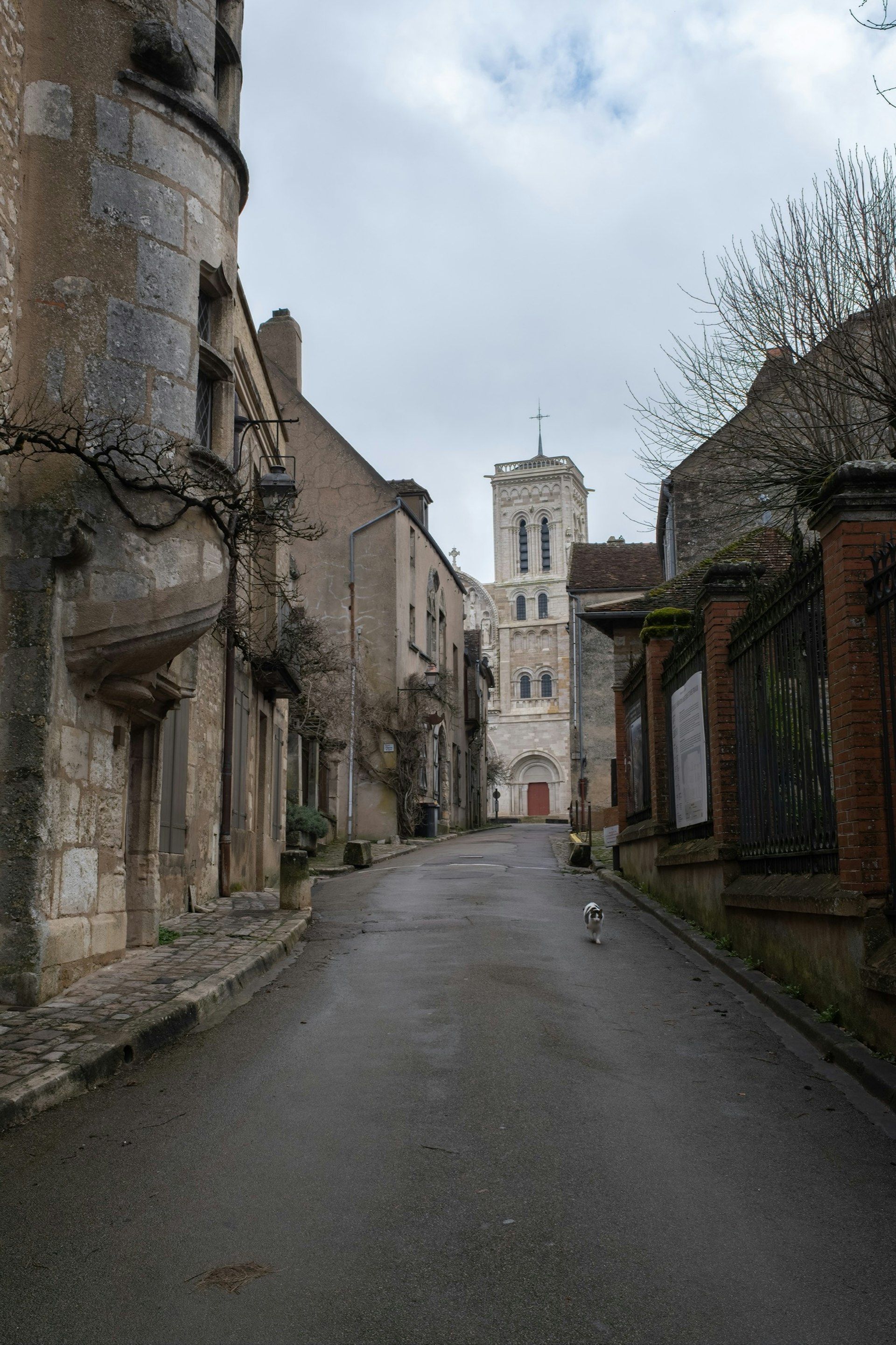
Vézelay: hilltop Romaneque treasury
Finish your road trip with a pilgrimage to Unesco World Heritage-listed Vézelay, southwest of Noyers-sur-Serein. Founded in the 9th century on a Roman (later Carolingian) site, and rebuilt in the subsequent centuries, Vézelay’s exquisite Basilique Ste-Madeleine is where the faithful still set out for Santiago de Compostela along the Via Lemovicensis. A mid-12th-century crypt is believed to contain one of Mary Magdalene’s bones; treasures here also include carved Romanesque capitals and a 12th-century tympanum of Jesus and the Apostles.
Walks extend around the picturesque hilltop village’s medieval ramparts and down via the vine-draped Chapelle Ste-Croix de la Cordelle into the valley.
Medieval history is still being made 38 miles (61km) west of Vézelay at Chantier Médiéval de Guédelon. Artisans are constructing a fortified castle using only 13th-century-available resources, from clay tiles fired from local timber to stone hand-quarried by tools forged by blacksmiths on site.
